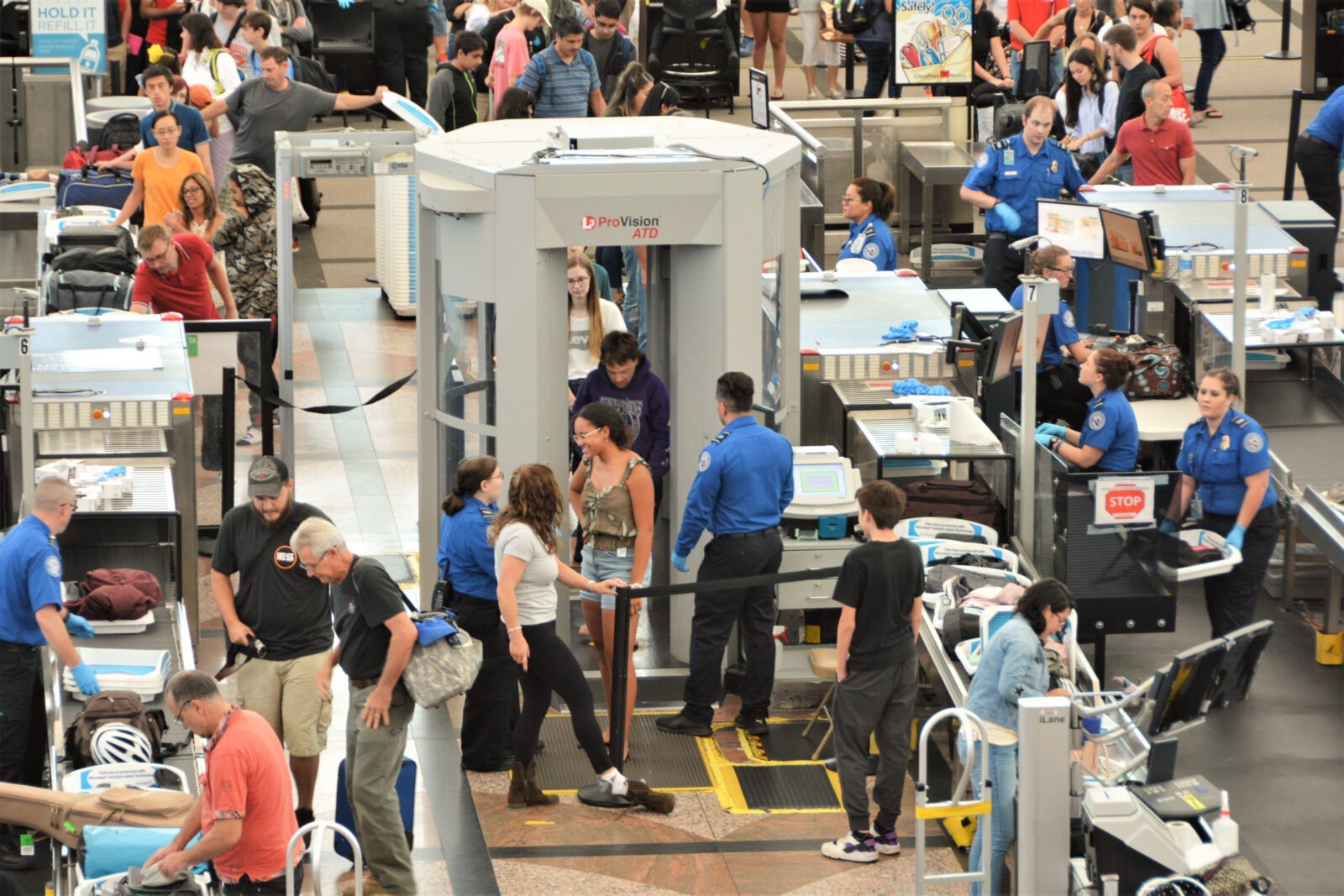
The Transportation Security Administration (TSA) says it doesn’t plan to drop its loathed 3-1-1 liquid rule until 2040 at the earliest, and that’s only if the agency manages to complete a rollout of next-generation computed tomography security scanners across the United States.
The 3-1-1 rule was hastily introduced after British and American security agencies foiled a terrorist plot on August 10, 2006, to smuggle liquid explosives onto transatlantic aircraft using ordinary-looking drinks bottles that had been resealed to make them look like they hadn’t been tampered with.
On the 18th anniversary of the 3-1-1 rule, however, there are still no concrete plans to drop liquid restrictions for airline passengers, although next generation x-ray machines will hopefully make it possible to ditch the rule in the future.
Unfortunately, the technology is facing some teething issues and plans to lift the cap on liquids in the United Kingdom and across the European Union have hit the rails after regulators discovered that the machines weren’t working as well as their manufacturers claimed.
The British government was hoping to lift liquids restrictions at UK airports this year, but even before the teething issues became apparent, a slower-than-expected rollout of the machines at major airports like London Heathrow meant that the rule would have to remain in force for longer than expected.
Some airports that had completed the rollout ahead of schedule were initially allowed to lift the restrictions, but in June, British regulators announced that it was reverting to the old rules, even at airports that had made significant investments in the new CT scanners.
Earlier this month, the European Union also said it would reimpose liquid restrictions at airports with the scanners in September because the machines are proving unreliable.
CT scanners are meant to eliminate the need for passengers to unpack liquids and electronic items from their luggage at the security checkpoint by creating a 3-D image that is analysed by sophisticated algorithms to detect weapons, explosives, and other prohibited items, including liquid explosives.
It turns out, however, that the software in these CT scanners aren’t working nearly as effectively as envisioned, resulting in more bags requiring secondary hand searches than the X-ray baggage scanners that they are replacing.
The rollout of these machines is, however, continuing, and it is hoped that a software update will fix the glitches. Unfortunately, while the introduction of liquid restrictions is only said to be temporary, there’s no word on how long it might take to update the algorithms to make the machines more reliable.
The US government has opted to keep the 3-1-1 rule in place until the rollout of CT scanners is completed at every airport where the TSA is responsible for providing security.
That means the TSA will need to install the scanners across 2,000 screening lanes in about 430 airports, according to a TSA spokesperson. The timeline for that rollout to be complete: 2040.
At that point, the TSA says it should “have the capability of changing the requirement across the system.” Here’s hoping that timeline sticks.
Related
Mateusz Maszczynski honed his skills as an international flight attendant at the most prominent airline in the Middle East and has been flying ever since... most recently for a well known European airline. Matt is passionate about the aviation industry and has become an expert in passenger experience and human-centric stories. Always keeping an ear close to the ground, Matt's industry insights, analysis and news coverage is frequently relied upon by some of the biggest names in journalism.







